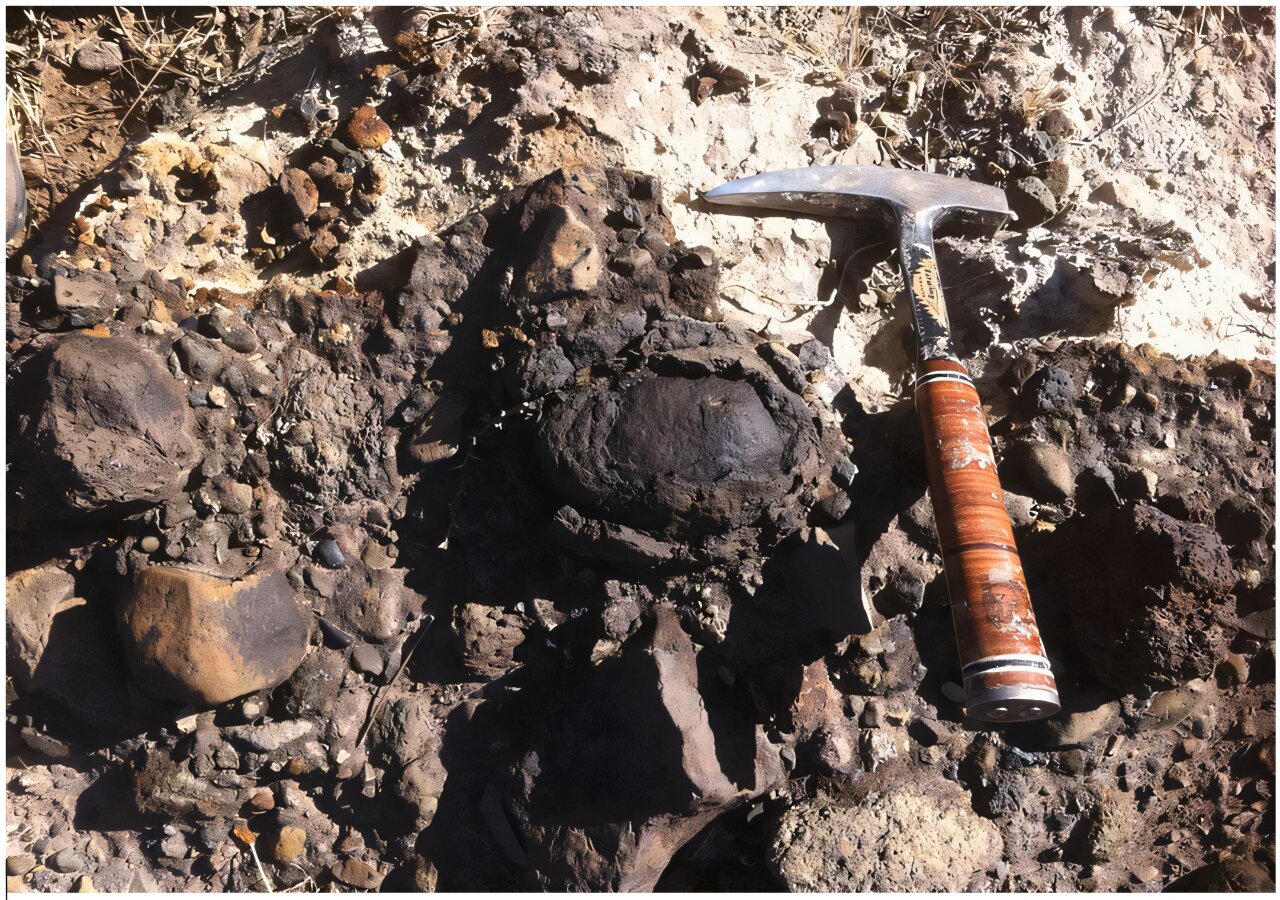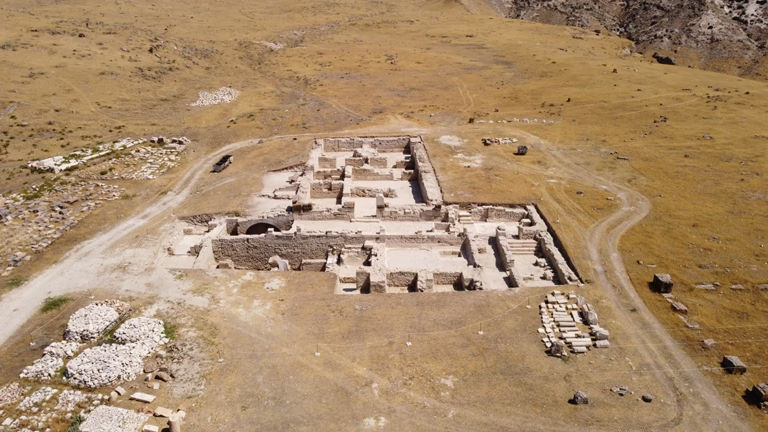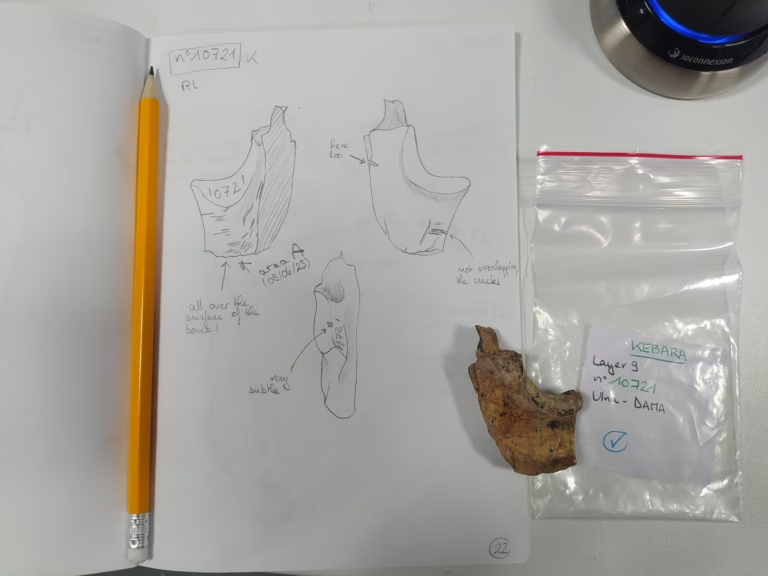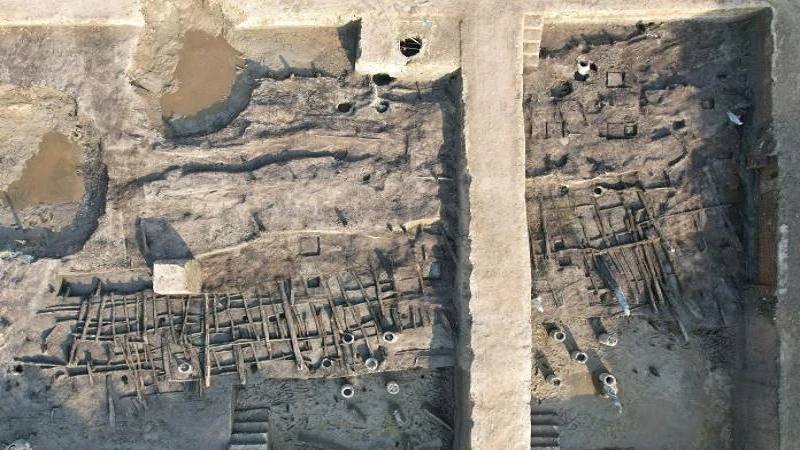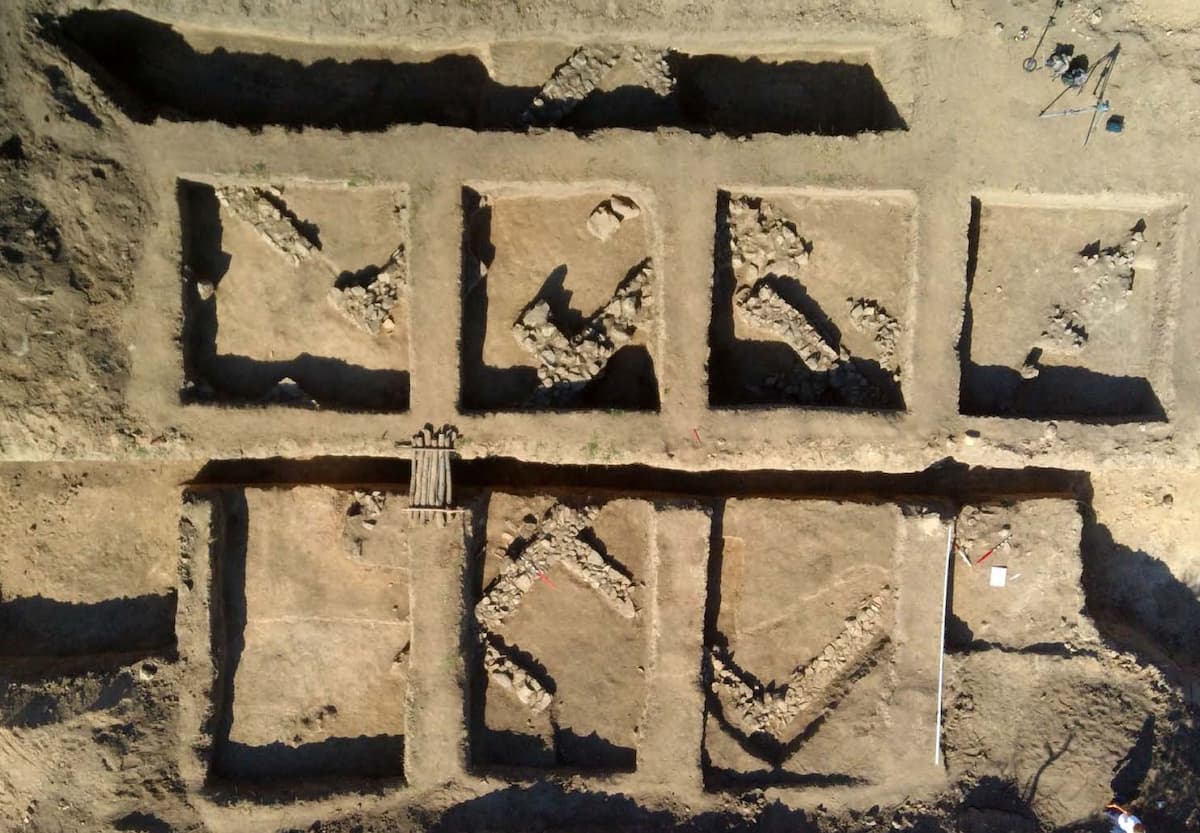A new study conducted in the Melka Kunture region of Ethiopia reveals that naturally occurring basalt spheres may have been used as tools by early hominins for over 1 million years. Dr. Margherita Mussi’s work, published in Quaternary International, sheds light on the role of these mysterious stones in the lives of our early human ancestors.
“Stone Balls” and Their Meanings:
Throughout Pleistocene Europe, Asia, and Africa, researchers have encountered intentionally manufactured spherical stone objects. These have been referred to as “stone balls,” “spheres,” “spheroids,” “bolas,” and various French terms. Hypotheses regarding their use range from percussion tools to hunting implements. However, naturally occurring similar stones have often been overlooked.
In the Pleistocene sites of the Upper Awash region in Melka Kunture, natural spherical stones called “spheres” were found. Due to the region’s exposure to volcanic activity, these spheres consist exclusively of volcanic basalt, unlike the surrounding limestone.
Discoveries in Ethiopia:
Spheres collected from eight sites, namely Gombore IB, Atebella II, Garba XII, Gombore II-1, Gombore II-2, Garba IIIE, Gotu III, and Garba I, were analyzed.
- Gombore IB: The oldest settlement, dated to 1.7 million years ago. It contained approximately 5,000 stone tools, three spheres, and a fragment of a Homo cf. ergaster humerus (upper arm bone).
- Garba I, III, and II: The youngest sites, dated to approximately 0.6 million years ago. They contained a total of 22 spheres and over 7,000 stone tools.
More than 30 spheres, stored at the National Museum of Addis Ababa, were found along with hominin bone fragments, providing evidence of which hominins may have collected and used these spheres.
- Homo cf. ergaster bones at Gombore IB.
- Skull fragments of a Homo heidelbergensis at Gombore II-1.
- Skull fragments of a Homo sapiens at Garba IIIE.
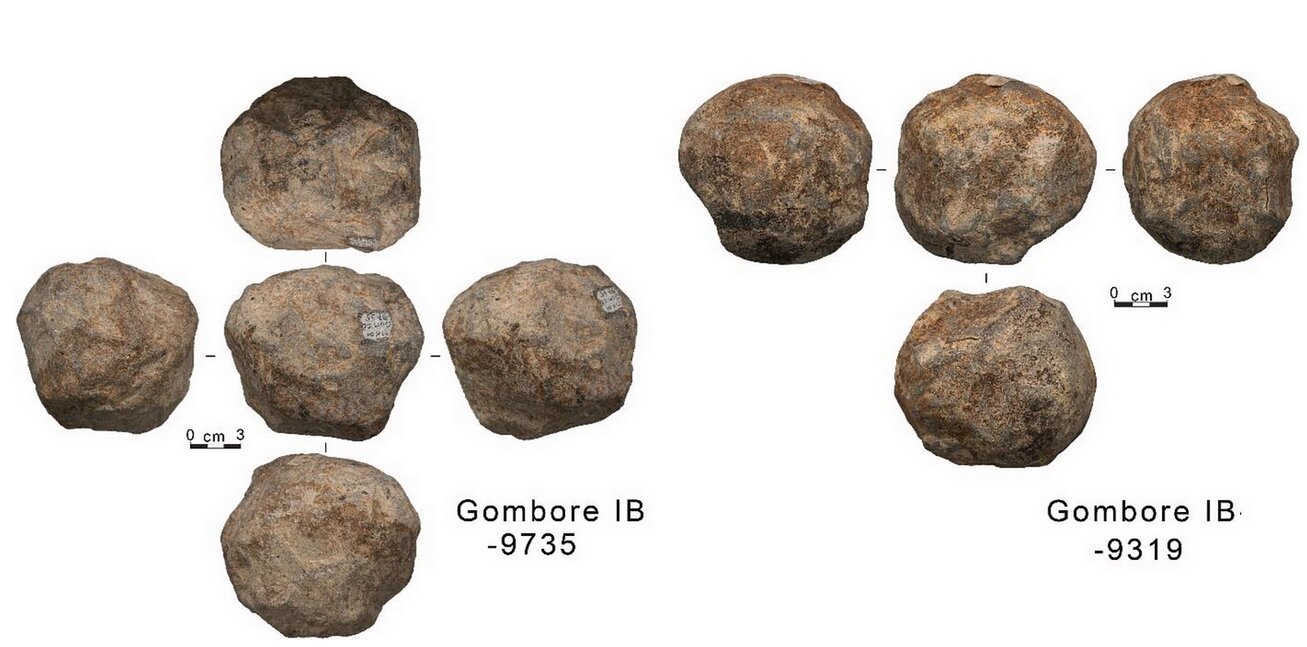
Natural or Artificial?
The spheres were carefully analyzed for weight, shape, size, and flake scars. Despite being naturally occurring spheres, Mussi notes that they were deliberately brought to these sites, excluding natural transportation methods such as water.
Mussi states, “The metric characteristics, shape, and orientation of pebbles transported by water have been researched and are well understood, as can be seen in previous papers. Furthermore, note that some of the sites are fine-grained deposits where the relatively heavy rock spheres are at odds with the surrounding environment, and also that the rather soft lapilli ones would have been easily crushed during water transport.”
Purposes of Use and “Outils à posteriori”:
Based on her analysis, Mussi suggests that these spheres were carefully selected by early hominin species to be used as percussive tools.
“I am convinced that the hard volcanic ones were used to knap/retouch lithic tools, while the rather soft lapilli ones were used for rubbing vegetables/hides or other stuff,” she explains.
Although these spheres are not traditional tools, they can be described as “outils à posteriori” (recognizable as tools only because they have been marked by use).
Evolutionary Significance:
This discovery provides new insights into the evolution of tool behavior in early hominins and how they utilized their environments.
“It is possibly the first evidence of the use of natural shapes for varied activities, and this happened repeatedly over more than 1 million years of human evolution at Melka Kunture,” says Mussi.
“While hominin species were changing from Homo erectus to H. heidelbergensis, the round rocks were selected from various sources in a changing environment. In my opinion, this is good evidence of how the hominins were carefully exploiting any new resource and cleverly using them.”
This research offers significant clues about the complex behaviors and adaptation abilities of our early human ancestors and deepens our understanding of the evolution of stone tools.
Margherita Mussi, The volcanic rock spheres of Melka Kunture (Upper Awash, Ethiopia) at Gombore IB and later Acheulean sites, Quaternary International (2025). DOI: 10.1016/j.quaint.2025.109681
Cover Photo: Exfoliating basalt with a spherical core in the Simbiro gully at Melka Kunture. Credit: Mussi 2025
